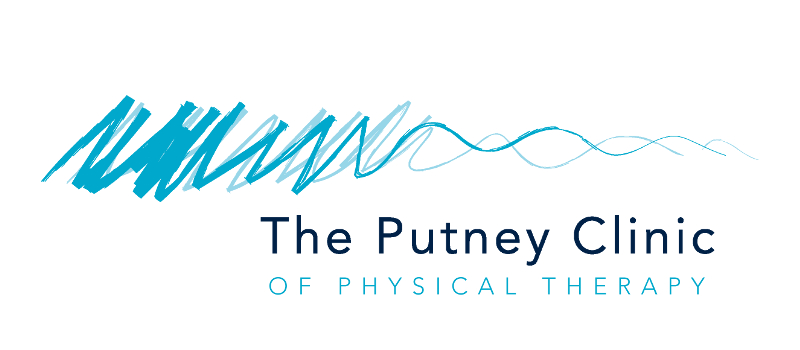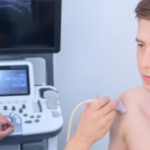The word ‘musculoskeletal’ simply means anything to do with the muscles (musculo) and/or bones (skeletal), including tendons and ligaments forming joints and supporting your spine. So, a musculoskeletal injury could vary from a muscle tear or strain; to a sprained ankle where the ligaments are overstretched or torn; to a meniscus or cartilage tear in the knee or a large contusion (muscle bruise) on your thigh.
WHEN SHOULD YOU COMMENCE TREATMENT?
In most cases, ‘the early bird catches the worm’. Researchers have found that intervention with physical therapy treatment for acute soft tissue injuries within a few days has many benefits.
Prompt treatment benefits include:
– Relieving your pain more quickly via joint mobility techniques, soft tissue massage, electrotherapy
– Improving your scar tissue quality using techniques to guide the direction it forms
– Getting you back to sport or work quicker through faster healing rates Loosening and/or strengthening of your injured region – with individual prescribed exercises and techniquesImproving your performance when you do return to sport, work or daily life
– Correcting any biomechanical fault that may be affecting your movement, technique or predisposing you to injury
WHAT IF YOU DO NOTHING?
Research shows that injuries left untreated do taking longer to heal and can result in lingering pain. They are also more likely to recur and leave you with abnormal scar tissue formation, joint stiffness and muscle weakness.
It’s important to remember that symptoms lasting longer than three months become habitual and are much harder to solve. The sooner you get on top of your symptoms the better your outcome.
TREATMENT PHASES Acute – Protection Phase
Early accurate assessment and prompt appropriate treatment is much better than delay. What may appear to be a simple muscle, ligament or soft tissue injury can include a hairline fracture, bone bruising or dislocation. Regardless of what the injury is or where it is on your body the early management is the same – that means the first 24-48 hours.
A soft tissue injury is termed as acute from the initial time of injury and while the pain, bleeding and swelling is at its worst. Your body’s aim at this point is to protect your injury from further damage. The usual time frame for your acute symptoms to settle is two to four days post-injury, but this can vary depending on how you treat your injury.
In the first three days after injury, use the P.R.I.C.E. method. If you are unsure on any of these stages ask for advice from your physical therapist
P – Protect: Protection is meant to prevent further injury. For example, an injured leg or foot may be protected by limiting or avoiding weight-bearing through the use of crutches, a cane, or hiking poles. Partially immobilising the injured area by using a sling, splint, or brace may also be a means of protection
R – Rest (to avoid pain and further damage): Rest from painful exercise or movement is essential in the early injury stage. We call this active rest. The saying ‘No pain, no gain’ does not apply in most cases. The rule of thumb is – don’t do anything that reproduces your pain for the initial two or three days. After that, you need to get it moving or other problems will develop.
I – Ice (20 minutes every two to three hours): Ice is preferred for the initial two or three days post-injury. Ice should also help to reduce your pain and swelling in traumatic soft tissue injuries, such as ligament sprains, muscle tears or bruising.
C – Compression (to support the injury and minimise swelling): Yes. If it is possible to apply a compressive bandage or elastic support to the injury, it will help to control swelling and bleeding in the first few days. In most cases, the bandage/support will also help to support the injury as the new scar tissue is laid down. This should help reduce your pain. Some injuries will benefit from more support such as a brace or rigid strapping tape.
E – Elevation (above your heart to assist swelling reduction): Elevation of an injury in the first few days is very helpful. Think where your injury is and where your heart is. Gravity will encourage swelling to settle at the lowest point. Try to rest your injury above your heart. Obviously some injuries are impossible or it would be detrimental to elevate, so please use your common sense and be guided by your pain. Your chances of a full recovery will be helped if you avoid the H.A.R.M. factors in the first 48 to 72 hours.
To find out more and see how we may be able to help, do check out the Putney Clinic’s Physiotherapy Services, contact us on 020 8789 3881 or by email at info@putneyclinic.co.uk to discuss your needs.







